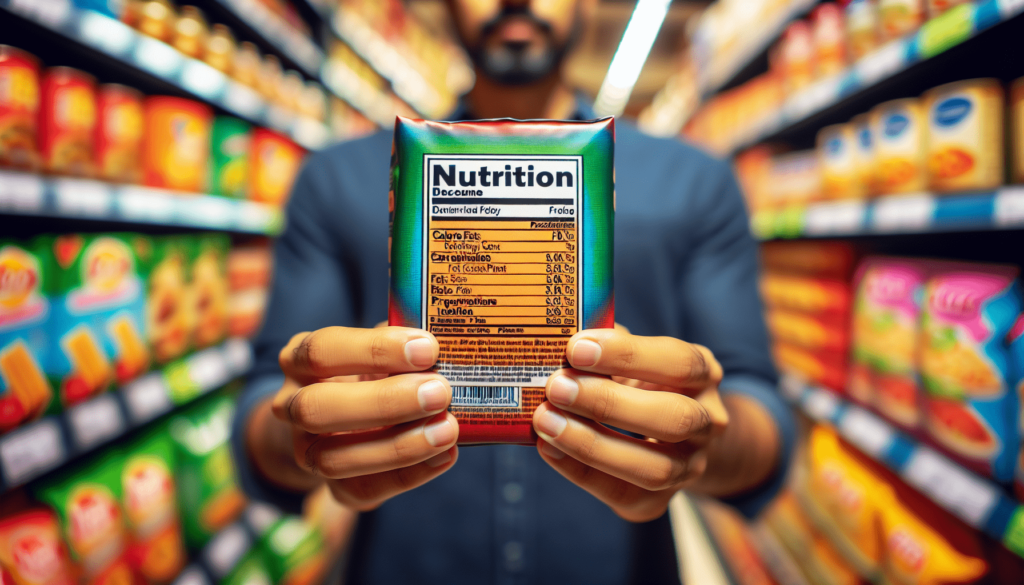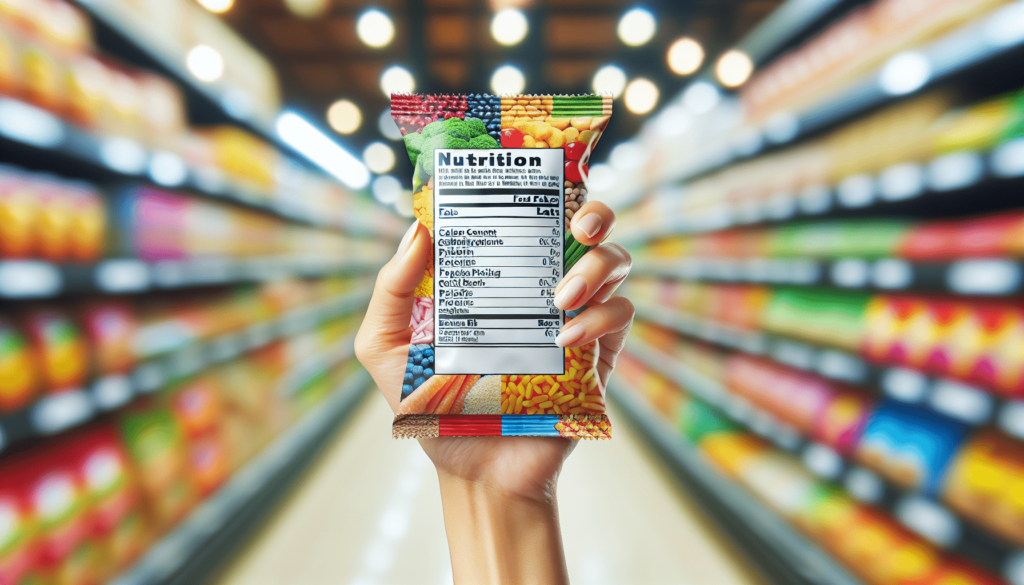Navigating the maze of numbers and percentages on a nutrition label can seem daunting at first, but with a little guidance, you’ll be interpreting them like a pro in no time! Understanding what’s in the foods you eat can empower you to make healthier choices and manage your dietary needs more effectively. Whether you’re monitoring your sugar intake, keeping an eye on calories, or just curious about what’s in your favorite snacks, mastering the art of reading a nutrition label is an invaluable skill that promotes a healthier lifestyle. Let’s dive into the key elements you should focus on to get the most out of every food label you encounter. Ever found yourself staring at a nutrition label in the grocery store, feeling a bit overwhelmed? You’re not alone! Deciphering those numbers and terms can seem like cracking a secret code. But don’t worry, once you know what to look for, reading a nutrition label can become as easy as pie. This guide will help you understand everything you need to make healthier choices effortlessly.
Understanding the Basics of a Nutrition Label
Nutrition labels are your key to making informed food choices. These labels are loaded with important information that can guide you in picking foods that align with your health and dietary goals.
What Information is on a Nutrition Label?
Nutrition labels provide detailed information about the nutritional content of a food item, including its calories, fats, proteins, carbohydrates, vitamins, and minerals.
Why Is It Important?
Knowing how to read a nutrition label helps you make better dietary decisions. It enables you to compare food items quickly, understand serving sizes, and manage your intake of certain nutrients.
The Serving Size
The first thing you’ll see at the top of a nutrition label is the serving size. This is crucial because all the nutritional information that follows is based on this amount.
How to Determine Serving Size
The serving size is usually measured in common household units like cups or pieces, followed by the metric amount in grams.
Why Serving Size Matters
It’s easy to eat more than you realize. Understanding the serving size lets you accurately calculate how much you’re really consuming. If a package contains multiple servings but you consume the entire package, you need to multiply the nutritional values by the number of servings listed.

Calories and Calories from Fat
Calories are a measure of how much energy you get from a serving of this food. Many labels will also state how many of those calories come from fat.
Understanding Calories
A calorie count tells you how much energy a food provides. Your total daily calorie needs depend on factors like age, metabolism, and physical activity level.
Calories from Fat
This part of the label is less commonly seen now, but it helps people monitor their fat intake, especially if they’re concerned about conditions like heart disease.
Nutrients to Get Less Of
Certain nutrients should be limited in your diet. These are typically listed first on nutrition labels because most people need to cut back on them.
Total Fat, Saturated Fat, and Trans Fat
- Total Fat: This includes all types of fats in the food.
- Saturated Fat: Commonly found in animal products and processed foods, it’s wise to limit this fat type.
- Trans Fat: This is the worst type of fat for heart health. Aim to consume as little trans fat as possible.
Cholesterol and Sodium
- Cholesterol: Too much cholesterol can lead to heart disease, so it’s important to keep an eye on this number.
- Sodium: High sodium intake can lead to hypertension or high blood pressure. Monitoring your sodium intake is crucial for maintaining a healthy blood pressure level.

Nutrients to Get More Of
Now, let’s talk about the nutrients you likely want more of. These are generally listed after the nutrients to limit.
Dietary Fiber
Diet ary fiber is essential for digestive health. Try to choose foods high in fiber for better gut health and increased feelings of fullness.
Vitamins and Minerals
Nutrition labels also indicate the presence of vitamins and minerals like Vitamin A, Vitamin C, Calcium, and Iron. These nutrients play vital roles in various bodily functions and can aid in preventing certain diseases.
The Percent Daily Value (%DV)
The Percent Daily Value (%DV) helps you understand how a particular food fits into your daily nutritional needs.
How to Read %DV
- If the %DV is 5% or less: The food is low in that nutrient.
- If the %DV is 20% or more: The food is high in that nutrient.
Using %DV to Compare Products
%DV can be a great tool for comparing the nutritional content of different food items. For example, if one cereal has a lower %DV of sodium than another, it might be the better choice for someone watching their salt intake.
Tips for Using Nutrition Labels to Shop Healthier
Here are some practical tips that can make shopping with nutrition knowledge easier than ever.
Compare Similar Products
Use nutrition labels to compare similar products and choose the healthier option. For example, if you’re deciding between two brands of yogurt, comparing their labels can help you choose the one with less added sugar and more dietary fiber.
Watch for Marketing Tricks
Just because a product touts itself as “natural” or “contains whole grains” doesn’t always mean it’s the healthiest option. Always check the label to confirm.
Plan Ahead
When you understand nutrition labels, it’s easier to plan your meals and snacks. You can ensure that you’re getting a balanced diet with all the nutrients you need.
Understanding nutrition labels is a fantastic tool at your disposal, empowering you to make choices that serve your dietary needs and preferences. Once you get the hang of it, you’ll find it much easier to shop for foods that contribute to a healthier lifestyle!
